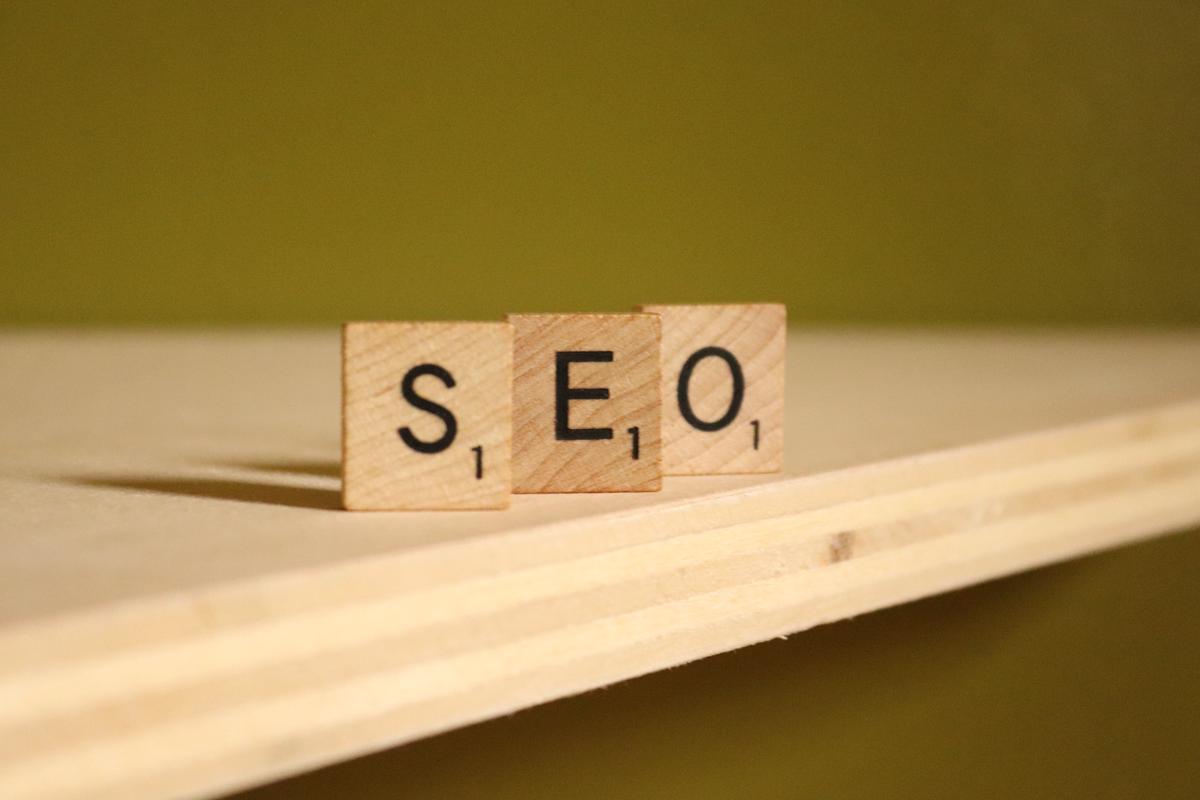Search Engine Optimization, or SEO, is a pivotal component of any successful online presence in the modern digital landscape. Understanding the inner workings of SEO tactics and how to effectively implement them can make a significant difference in the visibility and accessibility of a website. In this exploration, we dive into the practical specifics of On-Page SEO Techniques, putting a spotlight on keyword optimization, meta tags, URL structure, and internal linking. From demystifying dense SEO terminologies to presenting clear applications, we aim to make these critical SEO concepts more approachable and actionable for everyone.
Keyword Optimization
Mastering Keywords for Powerful On-Page SEO: A Savvy Entrepreneurial Take
In the dynamic world of entrepreneurship, there’s a rising echelon of business magnates who aren’t just keen on building ground-breaking products or services; they’re eager to excel in the digital marketing realm. In this highly competitive 21st-century business landscape, exploiting the full potential of on-page Search Engine Optimization (SEO) can prove highly rewarding. At the heart of this strategy? Keywords.
Keyword optimization is a razor-sharp tool in any savvy entrepreneur’s digital marketing arsenal. Implemented effectively, it improves SERP rankings, increases website traffic and optimizes brand visibility.
Start by Playing Detective
Surveying the digital landscape requires a discerning eye and a curious mind. In other words, channel your inner Sherlock Holmes by conducting an in-depth keyword research. Identifying the right keywords is critical for top-tier SEO. Utilize innovative tools like Google Keyword Planner, Moz, or SEMRush to identify relevant keywords that align seamlessly with your service or product.
Simplicity is Sophistication
Legendary inventor and entrepreneur Leonardo Da Vinci once stated: “simplicity is the ultimate sophistication”. Keep this credo in mind when choosing your keywords. Avoid complex jargon that might seem impressive but is incomprehensible to your audience. Instead, plump for simple, descriptive phrases or words which gel with the user’s search intent.
Maintenance Over Momentary Success
A one-time keyword placement isn’t a ticket to the top of the SERP pedestal. The world wide web is a perpetually evolving labyrinth; what worked yesterday may not work today. Practice regularly reviewing and updating your keywords and their effectiveness.
Cater to Search Engine Crawlers and Users
Though search engine algorithms are essential to satisfy, do not forget who ultimately uses your service or product – human beings. Craft content that appeals to both crawlers and audiences. Strike the right balance between quality content and keyword usage, ensuring readability isn’t compromised.
Location Matters
When it comes to effective on-page SEO, strategic keyword placement is pivotal. Leverage your keywords in areas like the title tag, meta description, headers, and throughout the content. An alt-tag full of relevant keywords is a cherry on top.
Model the Brevity of your URLs
A URL that is precise, readable, and packed with your pivotal keywords not only intrigues the reader but also gleans you bonus points with search engine algorithms.
In today’s cutthroat business arena, where every fraction of visibility can exponentially bolster market placement, wielding the sword of on-page SEO propels an entrepreneurial venture to the zenith. So, entrepreneurs, take the digital bull by the horns – optimize your keyword usage, achieve dominant on-page SEO, and prepare to surf the wave of unparalleled online success.

Photo by caleb_jspr on Unsplash
Meta Tags
Focusing continuing exploration into the world of search engine optimization (SEO), it’s vital to hone in on one crucial element: meta tags. Meta tags are hidden keywords that exist in a website’s coding. They are a crucial part of optimizing a website’s HTML code for browser interpretation and, more importantly, search engine indexing. To maximize your business’s SEO potential, understanding meta tags and their functions are absolute essentials.
Meta tags come in different forms, but the two most important are the meta description and the meta keywords. The meta description tag encapsulates an engaging summary of your webpage content, typically around 160 characters and within. Search engines like Google often display this excerpt in search results, making it an excellent opportunity for attracting clicks from potential site visitors.
On the other hand, meta keyword tags, though less impactful and often ignored by major search engines due to over-optimization and abuse, can still be useful when used responsibly. They allow you to list important keywords related to your site’s content and business.
Leveraging these meta tags effectively enhances your chances of impressing that ever-discerning Google algorithm and the other search engines.
But how exactly can meta tags enhance your on-page SEO?
Firstly, meta tags offer search engine crawlers guidance and precise information about your web content. An essential function of SEO is to aid search engine bots in understanding what your site is all about, and meta tags duly facilitate this comprehension, enabling the crawlers to categorize and index your site appropriately.
Secondly, meta tags, primarily meta description tags, increase click-through rates (CTR). A compelling and accurately descriptive meta tag may pique the interest of internet users, prompting them to click on your web page. Now, as Google regards user experience metrics (like CTR) in its ranking algorithm, increasing your CTR can indirectly boost your SEO.
Finally, integrating applicable keywords into your meta tags further bolsters your SEO operations. Despite the decreased significance of meta keywords in the eyes of Google, some search engines continue to value them. Done accurately, it’s an added SEO bonus.
In conclusion, while keyword selection and placement remain pivotal to your SEO strategy, the ingenious utilization of meta tags provides that added edge in the competitive realm of digital visibility. Spurred by innovation and fueled by savviness, the use of meta tags complements your broad-based strategy, marking another step forward in your journey to the top of the SERPs.

URL Structure and Internal Linking
Peering beyond the realm of keyword optimization and meta tags, it is crucial to dive deeper into the world of on-page SEO, specifically into the influential factors of URL structure and internal linking. Both aspects carry weight in SEO, acting like the mortar holding together bricks in the digital marketing edifice, bridging the divide between superficial structures and the foundational elements.
Decoding URL structure, it is firmly acknowledged that a URL – the unique address for a page on the internet – plays a key role in a web page’s search engine rankings. Refined URLs are valuable as they help in easier site navigation, revealing both the hierarchy and the category directories of the website.
A well-structured URL not only benefits users but also provides a boost in SEO. Clarity, simplicity, and relevance to the page content should be your guiding principles. URLs that include a page’s primary keyword can guide search engines to understand the page’s context and relevancy to search queries. Moreover, search engines favor shorter URLs, not exceeding 50-60 characters.
Brevity, coherence, and keyword-rich URLs perform well. But remember, keyword stuffing or excessive detailing can backfire, leading to penalties.
Unleashing the power of internal linking can accelerate navigation and direct visitors to valuable, related content. Internal links form a web of connections among the pages on your website, enhancing the network’s capacity to communicate with search engine crawlers and users.
Internally linked structures guide search engines to your site’s deeper layers of pages, upping the odds of indexing. They circulate the website’s link equity, which aids in boosting the visibility of lesser-known pages. But balancing is crucial; excessive linking might diminish their value.
To illustrate, consider your website as a spider-web. The central pages are your cornerstone content that you link out from, and the less significant fiches are your less crucial pages. By forming an organized structure, you achieve a strategic linking system promoting both user navigation and page value ascertainment by search engines.
Ditching the frivolous, comprehending the significant URL structure and internal linking not only improves the website’s usability but also drives user engagement and advances search engine rankings. These vital aspects are twin cogs in the vast SEO wheel, driving the pursuit of digital visibility and search engine supremacy.

Photo by nisoncoprseo on Unsplash
With a firm understanding of keyword optimization, meta tags, URL structure, and internal linking, anyone can leverage these on-page SEO techniques to boost their website’s performance and visibility. As we have learned, effective SEO is not solely about attracting search engines, but also making your website more navigable for real, human readers. By putting these principles into action, one can create a more engaging, user-friendly online presence that both users and search engines will appreciate. Let your newfound knowledge serve as a sturdy launchpad for your journey towards mastering the digital realm.






